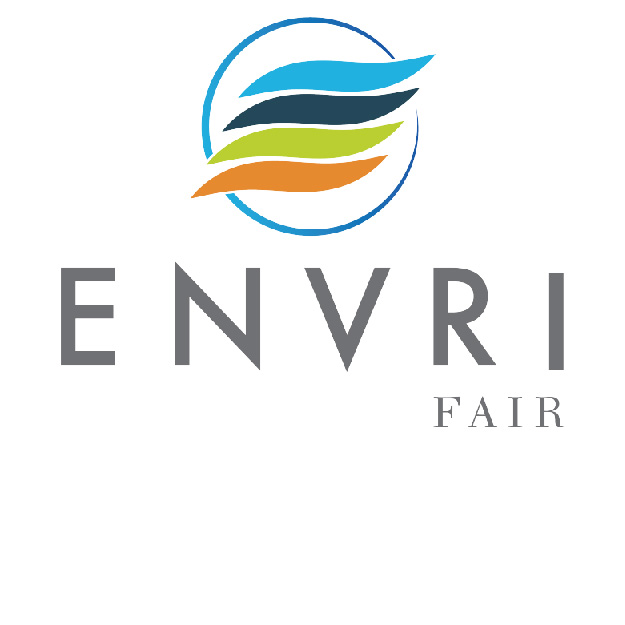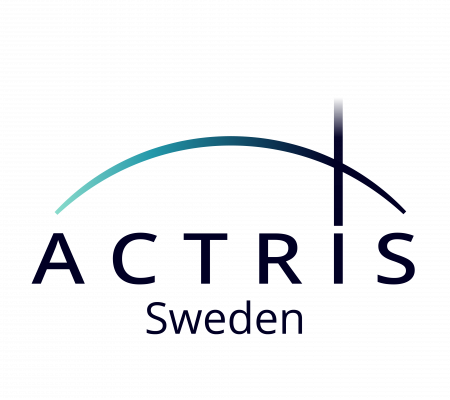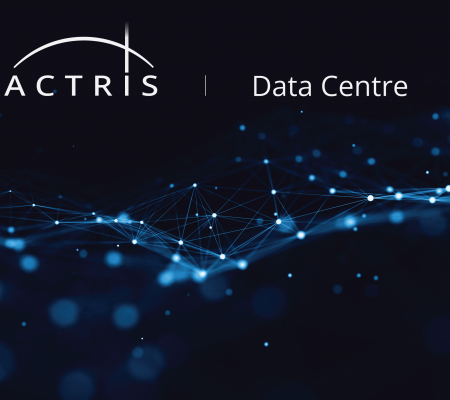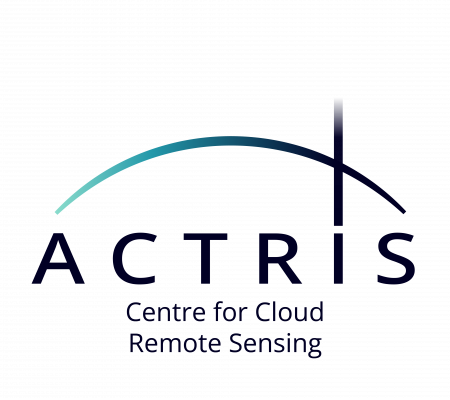How are we funded
ACTRIS operations are funded by its member and observer countries. ACTRIS is a large research infrastructure with substantial financial volume. The total investment by the participating countries during the design, preparatory, and implementation phase is approximately 700 M€, of which a large part is an investment for upgrading the existing national facilities or building new ones. The estimated total implementation costs of the eight CFs over 5 years is approximately 100 M€, and from 2025 onwards the estimated annual operation costs of the CFs are approximately 16 M€.
In addition, ACTRIS has received funding to support the implementation of the research infrastructure through several projects.
Our Projects
Summary:
The ACTRIS Implementation Project was a EU Horizon 2020 Coordination and Support Section (grant agreement No 871115). ACTRIS IMP was a four-year project which ended on December 31 2023.
The implementation project (ACTRIS IMP) built on the achievements of the successful ACTRIS PPP and on the scientific and technical deliveries of the ACTRIS-2 and EUROCHAMP-2020 projects. The ACTRIS IMP project objectives were based on the overall ACTRIS implementation phase objectives. Moreover, the ACTRIS IMP project elevated ACTRIS to a new level of maturity and set the required coordinated structures for coherent implementation actions, to be performed at both the national and European level.
The overarching objective of ACTRIS IMP was to coordinate and accomplish the actions required for implementing a globally-recognised long-term sustainable research infrastructure with operational services by 2025.
ACTRIS IMP built on three strategic pillars:
- securing the long-term sustainability of ACTRIS;
- ensuring the coordinated implementation of ACTRIS functionalities; and
- positioning ACTRIS in the regional, European and international science and innovation landscape.
ACTRIS IMP enabled ACTRIS to respond to user-community needs and requirements for fully operational services supporting Earth system science, for atmospheric and climate research in particular. Moreover, ACTRIS IMP enhanced ACTRIS relevance, innovation potential, and societal impacts.
ACTRIS IMP formed the coordinated European framework having the necessary with the needed tools for achieving these objectives during the four-year duration of the project, also implementing effective risk management and contingency plans to fully embrace all requirements for its successful implementation of ACTRIS.
Summary:
ACTRIS-CAMS (Aerosol, Clouds and Trace Gases Research Infrastructure – Copernicus Atmosphere Monitoring Service) are contracts of Copernicus, the European system for monitoring the Earth and is coordinated and managed by the European Commission.
ACTRIS-CAMS are pilot contracts for the ACTRIS (Aerosol clouds and Trace Gases Research infrastructure) data provision to the Copernicus Atmosphere Monitoring Service (CAMS), with the main aim of demonstrating the feasibility of fully traceable and quality controlled data provision and setting up the system of data provision in Near-Real-Time for the whole network.
ACTRIS-CAMS comprises two contracts for the provision of ACTRIS observations: CAMS_21a for the provision of surface in-situ aerosol data and CAMS_21b for the provision of profile aerosol data.

Summary:
EUROCHAMP-2020 aims at further integrating the most advanced European atmospheric simulation chambers into a world-class infrastructure for research and innovation. The project is composed by a coordinated set of networking activities, which deliver improved chamber operability across the infrastructure, as well as standard protocols for data generation and analysis. Trans-national access is provided to sixteen different chambers and four calibration centres, becoming the core of the project.
Joint research activities enhance the capability of the infrastructure to provide improved services for users. Cooperation with the private sector a fundamental pillar of the project, and it is necessary to exploit the innovation potential of the infrastructure by supporting development of scientific instruments, sensor technologies and de-polluting materials.
Overall, EUROCHAMP-2020 has the goal to significantly enhance the capacity for exploring atmospheric processes and ensure that Europe retains its place in atmospheric simulation chamber research.

Summary:
ENVRI-FAIR is the connection of the cluster of environmental research infrastructures (ENVRI) to the European Open Science Cloud (EOSC).
The overarching goal is that at the end of the project, all participating Research Infrastructures have built a set of FAIR data services which enhances the efficiency and productivity of researchers, supports innovation, enables data- and knowledge-based decisions and connects the ENVRI Cluster to the EOSC.
This goal is reached by:
- Well defined community policies and standards on all steps of the data life cycle, aligned with the wider European policies, as well as with international developments;
- Each participating Research Infrastructure will have sustainable, transparent and auditable data services, for each step of data life cycle, compliant to the FAIR principles;
- The focus of the work is on the implementation of prototypes for testing pre-production services at each Research Infrastructure; the catalogue of prepared services is defined for each Research Infrastructures independently, depending on the maturity of the involved Research Infrastructures;
- The complete set of thematic data services and tools provided by the ENVRI cluster is exposed under the EOSC catalogue of services via EOSC-hub.

Summary:
ATMO-ACCESS is the organized response of distributed atmospheric research facilities for developing a pilot for a new model of Integrating Activities. The project will deliver a series of recommendations for establishing a comprehensive and sustainable framework for access to distributed atmospheric Research Infrastructures (RI), ensuring integrated access to and optimised use of the services they provide. ATMO-ACCESS will open physical and remote access to 43 operational European atmospheric research facilities, including ground-based observation stations, simulation chambers, but also mobile facilities and central laboratories that are fundamental elements in distributed RIs. Innovative cross-RI cloud services, addressing the management of data produced via access and the use of new, integrated data products, but also virtual tools for training, are offered through virtual access to RI data centres.
The main objectives of ATMO-ACCESS are to:
- provide coordinated open physical, remote and virtual access to state-of-the-art facilities and services in atmospheric RIs and further enhance their range of products, capabilities and accessibility for a wide range of users, including the private sector;
- engage facilities and their national stakeholders and direct them towards improved harmonisation of access procedures across the different member states, while also exploring modalities by which the use of atmospheric RIs can be further enhanced
- explore and test new modalities of access that build on the complementarity and synergies among atmospheric RIs and respond to the evolving needs of users in relation to training, research and technology development, innovation and data services; and
- identify the most suitable conditions for establishing sustainable access procedures across the EU for distributed atmospheric RIs, involving national and international stakeholders.























